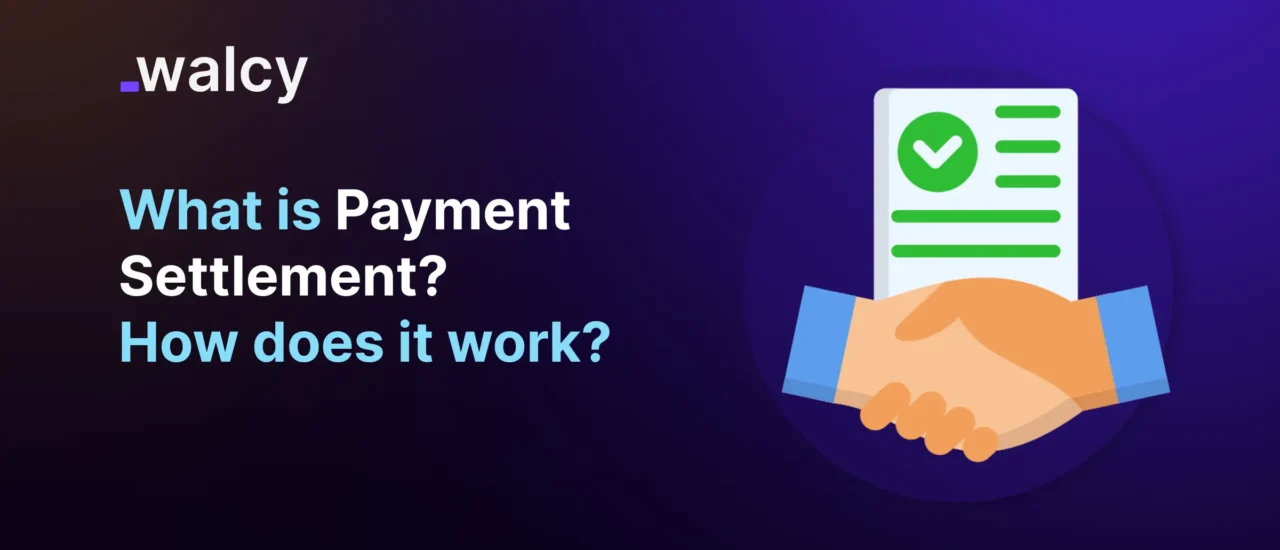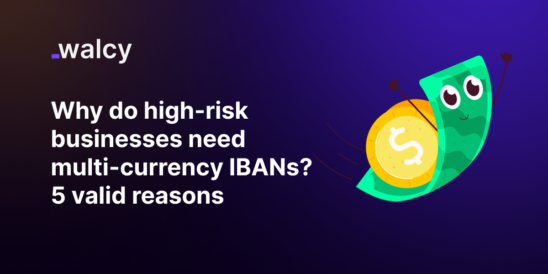Payment settlements are important during any financial and commercial transaction that involves parties, and they help in the smooth running of transaction deals.
Understanding what a payment settlement entails, its processes, and its importance will help individuals and businesspersons navigate the complexities of financial agreements.
This comprehensive guide will examine the concept of payment settlement, and its processes, and provide examples, especially in the context of dispute resolution.
Defining Payment Settlement
The term payment settlement refers to the process applied when a particular financial transaction is finalized through the reconciliation of respective amounts between parties by way of transferring funds from one party to another.
Payment settlement forms part of various transactions, ranging from simple consumer purchases to complicated corporate agreements.
Key Components of Payment Settlement
Parties of the Transaction:
In any transaction, there are at least two parties involved: the payer who pays the amount and the payee who receives money.
Amount Involved:
The net amount that is to be settled between the parties for the processing of the transaction, inclusive of the principal amount or interest, fees, or any other charges.
Payment Option:
The settlements between payee and payer can be made through several options, like cash, bank transfer, credit/debit card, digital wallet, etc.
Documentation:
The process often requires agreements and invoices, among other documentation, to provide evidence for the transaction.
The Payment Settlement Process
Step 1: Agreement on Terms
The very first step in any payment settlement is the agreement of the terms of the transaction. The amount due and time by which such money should be paid and the mode of making the payment are all part of this agreement. A Payment Settlement Agreement may be made to ensure that these terms are written and thereby concrete.
Step 2: Execution of Payment
Upon agreement of the terms, the payer makes the payment. He may effect an electronic transfer, issue the check, or pay in cash.
The method will, to a great extent, determine the speed and reliability of the transaction.
Step 3: Payment Acknowledgment
The payee normally confirms whether or not the funds are received upon completion of the payment. He may do this in various ways, for example, through the payment settlement letter, email, or receipt.
Step 4: Documentation and Record-Keeping
The parties are required to have proper documentation for the financial records of both parties. This is so that in case some issue pops up at any point in time, or this may serve as a reference document in court if there is a dispute.
Step 5: Dispute Resolution
A dispute arises in cases where there is a disagreement over the transaction involved, such as when the amount paid is incorrect or there is non-delivery of goods as promised against services provided. In all such cases, an effective dispute-resolution mechanism should be provided.
Read about: Payment Failure : Why It Happens And How To Avoid It
Payment Settlements during Dispute Resolution
The disputes may occur due to miscommunication and misunderstanding or also for various reasons related to misunderstandings over the terms of a transaction. Disputes usually get resolved on payments.
Types of Disputes that Generally Occur
- Amount Differences: When the amount paid is other than the agreed amount.
- Delivery Issues: When Goods or Services are not as agreed
- Quality of Goods/Services: If the goods or services provided are not up to the mark, the buyer can raise a dispute on the payment
- Timing Issues: Delays can be either in the payment or in the delivery; these can also be a cause of disagreement
Example of Dispute Resolution
Suppose Company A accepted an offer to buy from Supplier B, 1,000 units of a certain product for $10,000. The goods arrived, and only 800 were delivered, which also were of poor quality.
The company raises a dispute over the payment because it shall pay for the delivered and acceptable goods.
Steps in the Dispute Resolution Process
- Notification: Company A notifies Supplier B regarding the issue while referring back to the original Payment Settlement Agreement.
- Negotiation: Then, both parties go into discussions to amicably resolve the matter. In such a case, Supplier B may give a discount or agree to deliver the remaining units.
- Formal Agreement: They may then make a Payment Settlement Agreement stating the new terms upon reaching an agreement.
- Documentation: A payment settlement letter is prepared, which serves as proof of the new agreement and is taken as legal evidence.
- Resolution: The payment is then settled according to the new terms, and the dispute is resolved.
Importance of a Payment Settlement Agreement
A payment settlement agreement is important in that it gives full clarity on the rights and responsibilities of all the parties. The following are some of the details which are required to be specified in the agreement.
- Parties Involved: Who the payer and payee are.
- Terms of payment: an amount that has to be paid, means of payment, and dates of payment.
- Default provisions: what happens in case of the failure of one or another party’s responsibilities
- Dispute resolution mechanism: procedure for dispute resolution
An agreement drawn up intelligently may assist in the avoidance of misunderstanding and also give a definite way for the settlement of disputes.
Letters for Payment Settlement
A payment settlement letter is a formal way to confirm that the settlement of a payment has been made. This letter can be used for record-keeping purposes and may be necessary in the event of disputes.
Elements of a Payment Settlement Letter
- Header – Date and address of both parties’ information.
- Subject Line – This is to clearly state the intention of the letter.
- Body – Details of transaction, amounts, and terms.
- Confirmation: An acknowledgment confirming the settlement of the payment along with any adjustments made to it.
- Signature: Signatures of both parties for proof of agreement.
You shall love: What Is Net Settlement? Types, Benefits and How It Works?
Conclusion
Payment settlement is an indispensable part of financial transactions. It provides the parties with common ground on which they can mutually decide on terms to execute, make payments, and resolve disputes amicably.
Knowledge about a settlement in payment, formal agreement, and dispute resolution processes will facilitate dealing at both personal and business levels. Greater clarity in documentation and communication helps improve the manner of conducting the transaction and avoiding, or at least reducing, possibilities of conflict.
Read about: All About Overseas Payments (2024); Comprehensive Guide
Do follow us on Facebook and LinkedIn, to stay connected with us.



